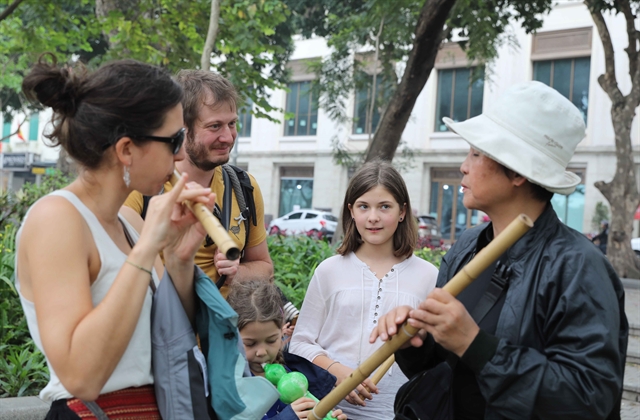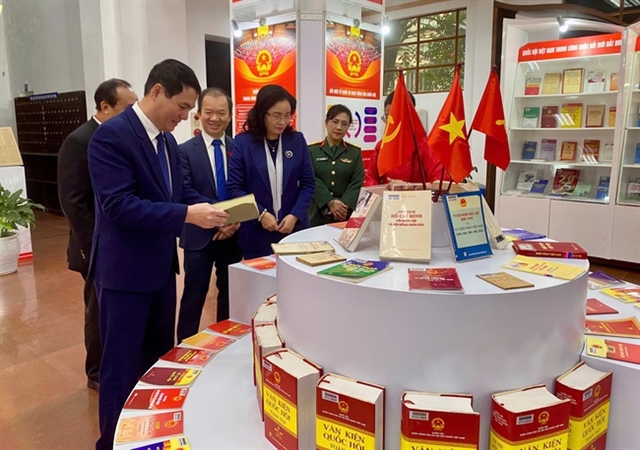 Life & Style
Life & Style

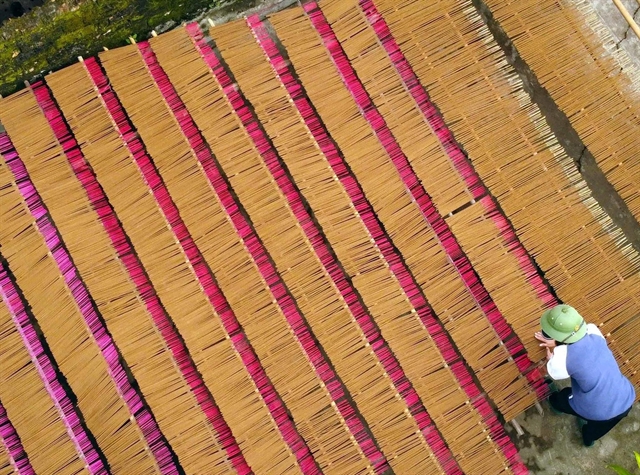 |
| Every Tết season, incense makers in Quyết Thắng village produce thousands of incense sticks to supply the market. — VNA Photos Tá Chuyên |
Every year as Lunar New Year approaches, the entrance of Quyết Thắng Village is filled with the strong fragrance of the incense sticks made here.
Quyết Thắng Village in Thanh Trạch Commune, Bố Trạch District in the central province of Quảng Bình, is known for traditional incense making, a craft which has been practiced here for centuries.
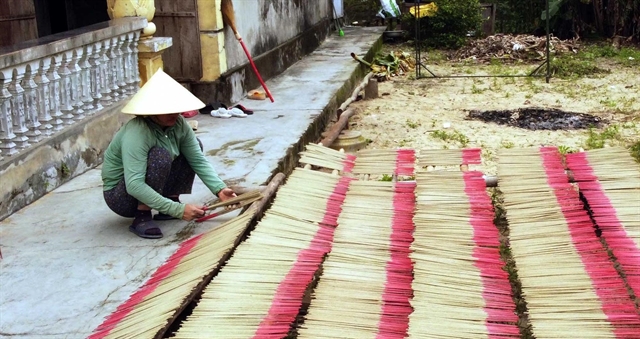 |
| Bamboo sticks are dried before being rolled in perfumed powder. |
According to elders in the village, the craft dates back to the 19th century. In the past, villagers made incense with special leaves that they found in the forest. Later they used agarwood to make incense which has different characteristics and aroma compared to the products of other incense-making villages in the country.
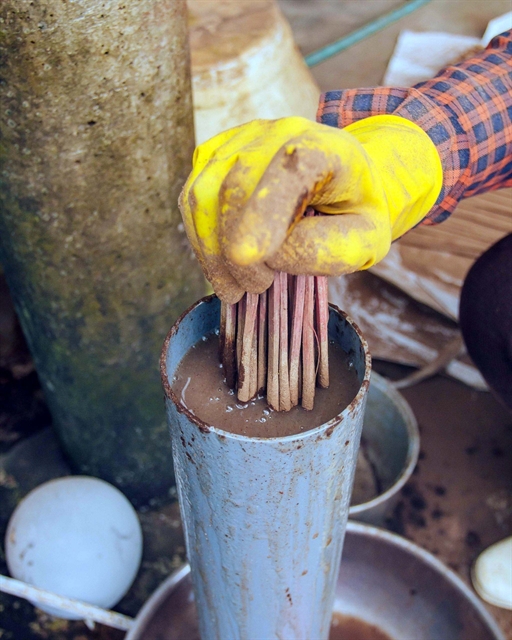 |
| Bamboo sticks are soaked in water with tapioca to make the sticks bond firmly with the incense powder. |
According to Lê Thị Hoa, in Quyết Thắng Village, materials to make agarwood incense include leaves, agarwood powder and cinnamon powder, all produced by hand without the use of chemicals.
"Making a stick of incense is complicated, taking many stages," said Hoa. "The incense maker should ensure that the powder is distributed evenly across the stick. The incense is then dried under the sun so it can be preserved for several months without being spoiled by mould."
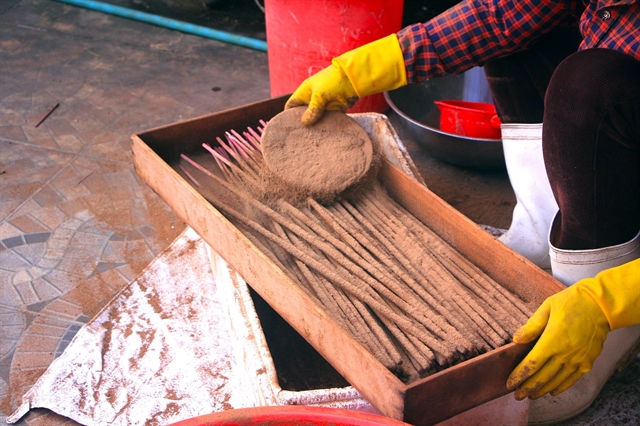 |
| In Quyết Thắng Village, people still retain the traditional practice of making incense by hand. |
All stages are done by hand. This is a unique feature in the production process that people in Quyết Thắng Village have followed and maintained for years. The village has been recognised for its traditional handicraft of making incense. — VNS
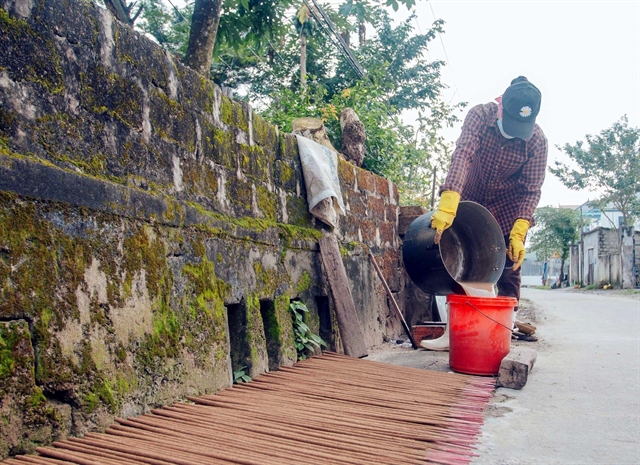 |
| Incense maker mixes water with tapioca to soak bamboo sticks. |




